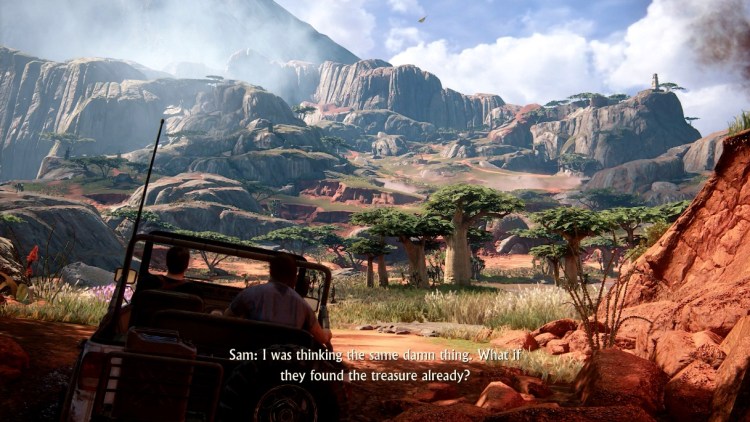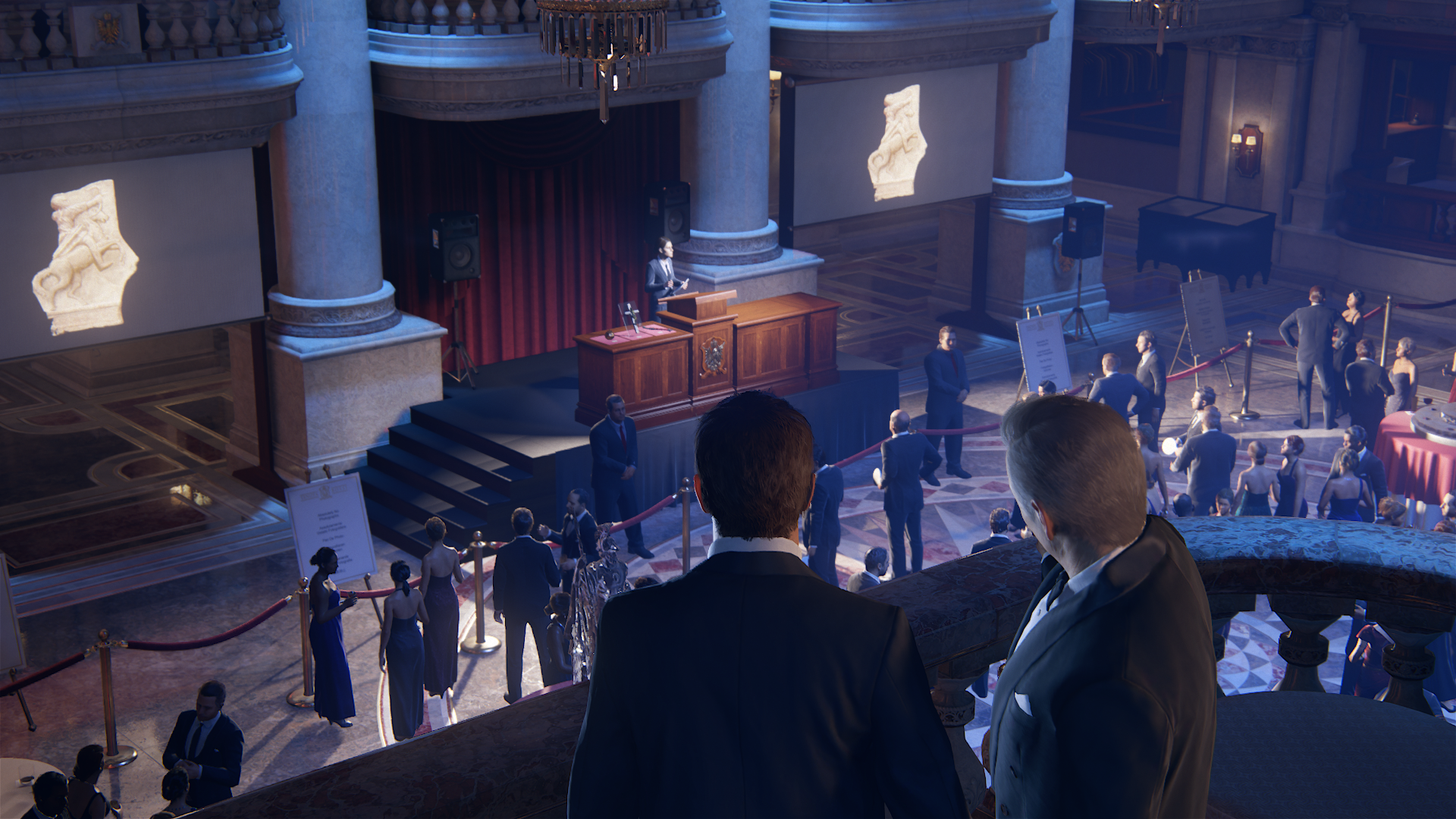GamesBeat: It feels like Uncharted 4’s environments invite players to slow down and examine more than previous games. Was that intentional?
Mosesian: It was our intention to encourage players to explore more and give more opportunities for traversing alternate paths. It wasn’t our desire to invite players to examine minute details, although those details are there, they are only there to serve the whole aesthetic and the aesthetic serves the gameplay and story.
I think that with the PS4 and its increased fidelity we’ve been able to represent much richer detailed and realistic environments and because of that people just naturally stop to soak it all in — much like you would in real life when you see a beautiful sunset or amazing vista, and we did very carefully plan those moments to engage the player and immerse the player into the game experience. Hopefully it’s not too transparent and the player doesn’t feel manipulated.
Olguin: Pacing is extremely important in our games and we test heavily for this. We do have areas that we want the player to look around and examine. This is intentional and definitely part of our day-to-day conversations when it comes to the major story elements. Some areas the player just flies through them, so it is all about the pacing. We also have plenty of small details in the environments that are not seen by many players and that is OK. This is what makes people experience and appreciate the amount of work and detail we strive for in our games.
GamesBeat: Playing through it, I felt like I rarely saw repeated assets. How do you manage to create so many unique objects, from plants to table lamps?
Mosesian: As I mentioned earlier the entire scope of Uncharted 4 is at least two or three times bigger than previous Uncharted games, and the number of assets for Uncharted 4 have at least doubled and in some cases even more. So, yes, in that sense we have increased the number of assets making it less likely to see repeats than in the past games. However, we could never populate a game this size with entirely unique assets, even with outsourcing. Logistically there’s just not enough time to generate that many assets. Take another look and you’ll see that there is actually quite a bit of reuse but even some simple tricks can disguise the repetitiveness. Things like lighting, shadows, and material blending can go a long way to reducing repetitiveness.
We also employed what we called instance features on some prototypes to increase variety while maintaining essentially the same memory footprint and limiting the amount of labor involved in generating all unique assets. For example, the umbrellas in the City Market and City Chase are actually just two umbrellas instanced several times. One umbrella is non interactive, which means that its position in the world never changes and the other is interactive and can be bumped around the world by the player. The non-interactive umbrellas used a shader feature that would remap the local color from a swatch of 16 colors based on where the Umbrella was placed in the world. If we used this technique on the dynamic umbrellas you would see the umbrella change colors as it moved through the world. So in this case we used a parameter on the instance itself that allowed us to assign specific RGB values to the individual instance. This method was slightly more labor intensive because each instance needed to be assigned unique RGB settings. Many of the vehicles were dealt with this way as well.
Olguin: This ties in with everything I mentioned above. But the short answer is outsourcing. We outsource a variety of these unique items so we are able to have almost no visually apparent duplicates in our game to make the game feel grounded. Plants specifically were created in-house by a core talented team of two to three artists. Foliage is extremely hard to get right through outsourcing so that was a decision made early on to not outsource these elements and give them the love needed especially since more than half of our game is covered with plants.
GamesBeat: Do you prefer working with indoor or outdoor environments?
Mosesian: I don’t have a preference. As a matter of fact ,I like to work on levels that have both. It’s a lot more challenging with regards to asset and memory management but I like the variety and I’m less likely to get fatigued by working on the same look for an extended amount of time.
Olguin: It depends for me. Some artists tend to choose one or the other, but I have always liked having a mixture of organic outdoor environments and some indoor also. On a project like this it is not rare to have multiple environments that you are dedicated to. I think it keeps me from getting artistically drained if I have some differences of styles through the length of making a game.
VentureBeat's mission is to be a digital town square for technical decision-makers to gain knowledge about transformative enterprise technology and transact. Learn More


